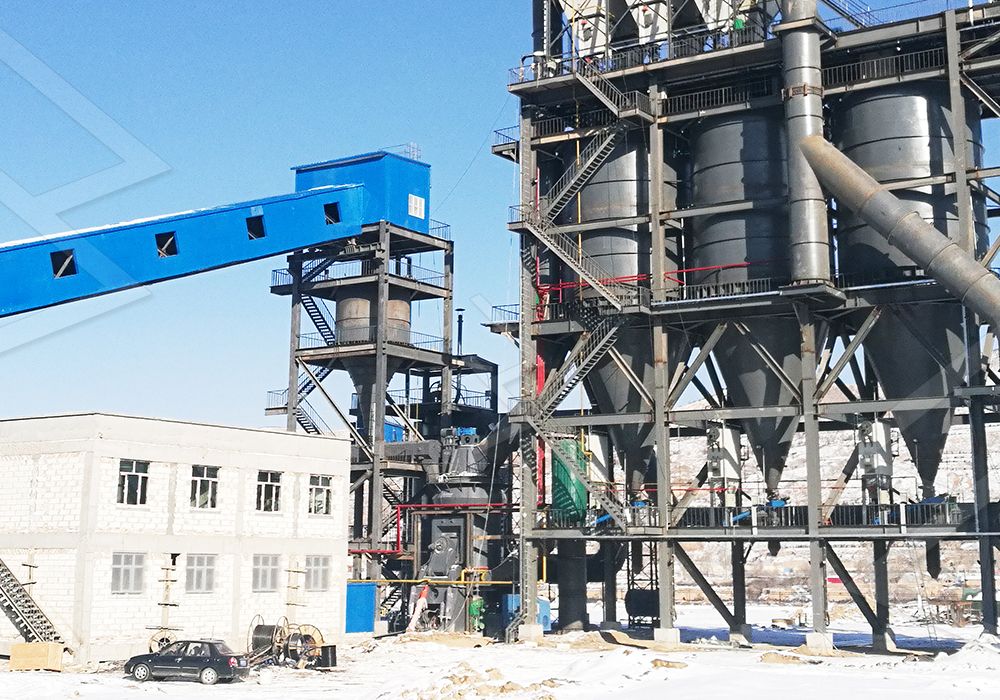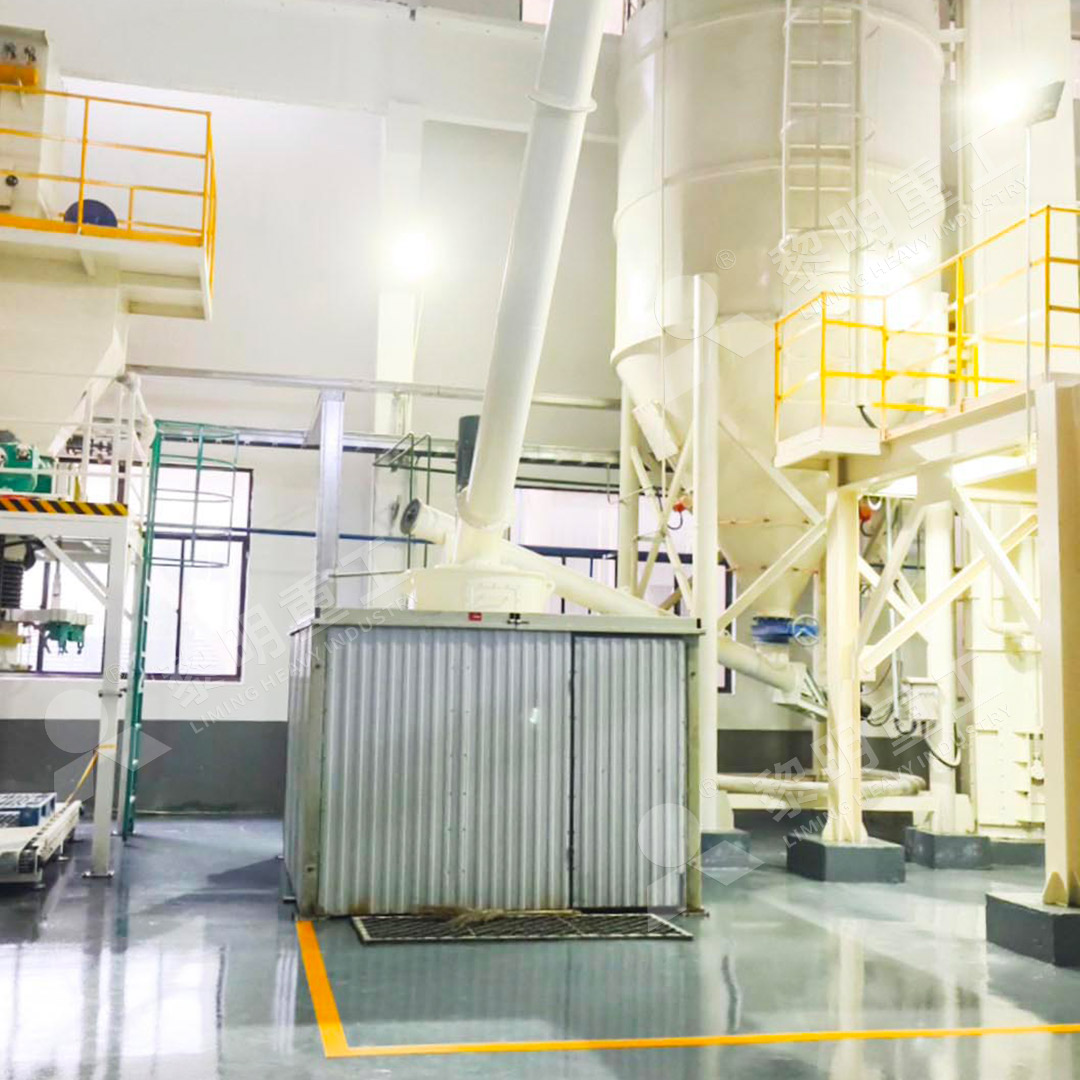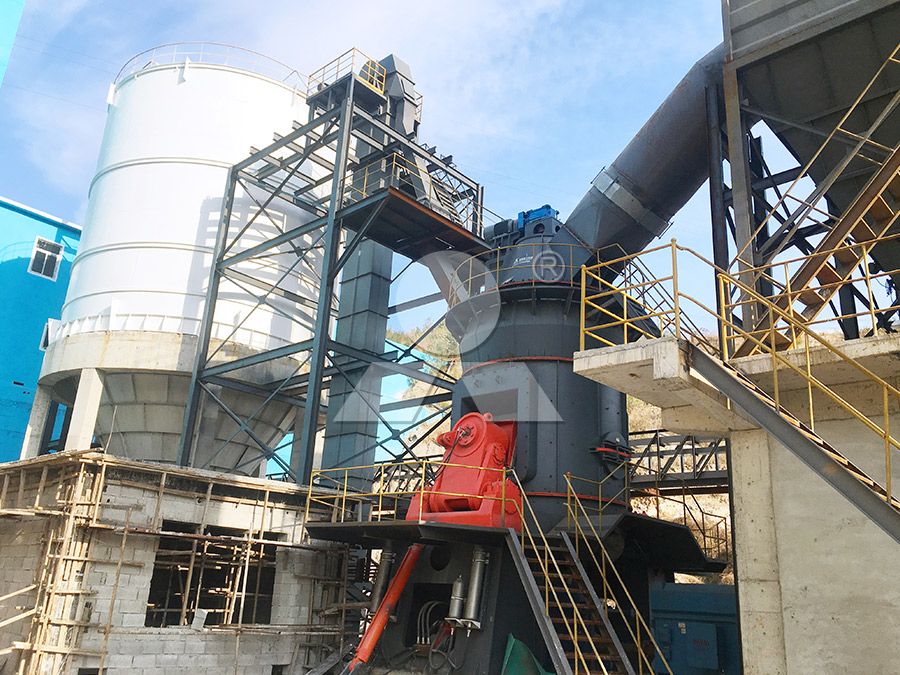Ultrafine Grinding of Nanjing Steel Slag: Process Optimization and Equipment Selection
Ultrafine Grinding of Nanjing Steel Slag: Process Optimization and Equipment Selection
The steel industry in Nanjing generates substantial quantities of steel slag as a byproduct, presenting both environmental challenges and economic opportunities. Proper treatment and utilization of this material through ultrafine grinding can transform industrial waste into valuable additives for construction materials, cement production, and other industrial applications. This article explores the technical considerations for optimizing steel slag grinding processes and selecting appropriate equipment.
Technical Challenges in Steel Slag Grinding
Steel slag possesses unique characteristics that complicate the grinding process. Its heterogeneous composition, variable hardness, and abrasive nature demand specialized equipment capable of handling these challenges while maintaining operational efficiency. Traditional grinding mills often struggle with the high iron content and varying material properties found in steel slag, leading to excessive wear, inconsistent product quality, and frequent maintenance requirements.

The optimal particle size distribution for steel slag applications typically ranges from 325 to 2500 meshes, requiring precision grinding technology that can consistently achieve these specifications. Additionally, the grinding process must accommodate variations in feed material size while maintaining stable operation and minimizing energy consumption.
Process Optimization Strategies
Successful ultrafine grinding of steel slag requires a systematic approach to process optimization. Pre-treatment stages including magnetic separation to remove metallic iron components significantly reduce equipment wear and improve grinding efficiency. Proper drying of the material before grinding prevents clogging and ensures consistent throughput.
The grinding parameters must be carefully calibrated based on the specific characteristics of the Nanjing steel slag. Critical factors include grinding pressure, rotational speed, feed rate, and classifier settings. Advanced control systems that automatically adjust these parameters in response to changing material conditions can maintain optimal performance throughout operation.
Equipment Selection Considerations
When selecting grinding equipment for steel slag applications, several factors must be evaluated. The machine must withstand the abrasive nature of the material while providing precise control over particle size distribution. Energy efficiency becomes particularly important given the high power requirements of ultrafine grinding operations.

For operations requiring throughput between 0.5-25 tph with input sizes up to 20 mm, the MW Ultrafine Grinding Mill presents an excellent solution. This equipment features higher yielding capacity with lower energy consumption compared to traditional grinding systems. The newly designed grinding curves of the grinding roller and ring enhance grinding efficiency, achieving 40% higher production capacity than jet grinding mills with the same fineness and power specifications.
The MW Ultrafine Grinding Mill’s cage-type powder selector, incorporating German technology, provides precise powder separation with adjustable fineness between 325-2500 meshes. The absence of rolling bearings and screws in the grinding chamber eliminates concerns about bearing damage or loose screws causing operational failures. This design feature significantly enhances equipment reliability and reduces maintenance requirements.
Environmental and Operational Benefits
Modern grinding equipment incorporates comprehensive environmental protection features that address dust and noise concerns. The MW Ultrafine Grinding Mill includes an efficient pulse dust collector and muffler system, ensuring compliance with national environmental standards. The external lubrication system enables continuous 24-hour operation without shutdowns for maintenance.

For operations requiring different specifications, the LUM Ultrafine Vertical Grinding Mill offers complementary capabilities with input sizes up to 10 mm and capacities ranging from 5-18 tph. This equipment integrates the latest grinding roller technology from Taiwan and German powder separating technology, providing exceptional performance for superfine dry powder production.
Both mills feature digitalized processing with numerically controlled operations for high precision manufacturing of core components. The availability of original spare parts and comprehensive technical support ensures worry-free operation throughout the equipment lifecycle.
Economic Considerations
The economic viability of steel slag grinding operations depends significantly on equipment selection. Factors such as energy consumption, maintenance requirements, and production efficiency directly impact operational costs. Advanced grinding systems can reduce energy consumption by 30-50% compared to conventional equipment while providing higher throughput and more consistent product quality.
Return on investment calculations should consider not only equipment costs but also operational expenses, maintenance requirements, and the market value of the finished steel slag powder. Proper equipment selection optimized for the specific characteristics of Nanjing steel slag can significantly enhance profitability while addressing environmental responsibilities.
Frequently Asked Questions
What is the optimal fineness for steel slag in construction applications?
Most construction applications require steel slag powder with fineness between 325-2500 meshes. The exact specification depends on the specific application, with cement replacement typically requiring finer particles than aggregate applications.
How does the MW Ultrafine Grinding Mill handle the abrasive nature of steel slag?
The MW Ultrafine Grinding Mill incorporates wear-resistant materials in critical components and features a unique grinding chamber design without rolling bearings or screws that could be damaged by abrasive materials. The external lubrication system further protects against premature wear.
What pre-treatment is recommended for steel slag before grinding?
Magnetic separation to remove metallic iron components and proper drying to achieve optimal moisture content are essential pre-treatment steps. Crushing to appropriate feed size (0-20 mm for the MW Ultrafine Grinding Mill) ensures efficient operation.
Can the same equipment process different types of industrial slag?
Yes, both the MW Ultrafine Grinding Mill and LUM Ultrafine Vertical Grinding Mill can process various industrial slags and non-metallic minerals. Adjustable parameters allow optimization for different material characteristics.
What environmental protections are incorporated in modern grinding systems?
Modern systems include efficient pulse dust collectors, mufflers, noise elimination rooms, and fully sealed negative-pressure operation to prevent dust emissions. These features ensure compliance with environmental regulations while maintaining operator safety.
